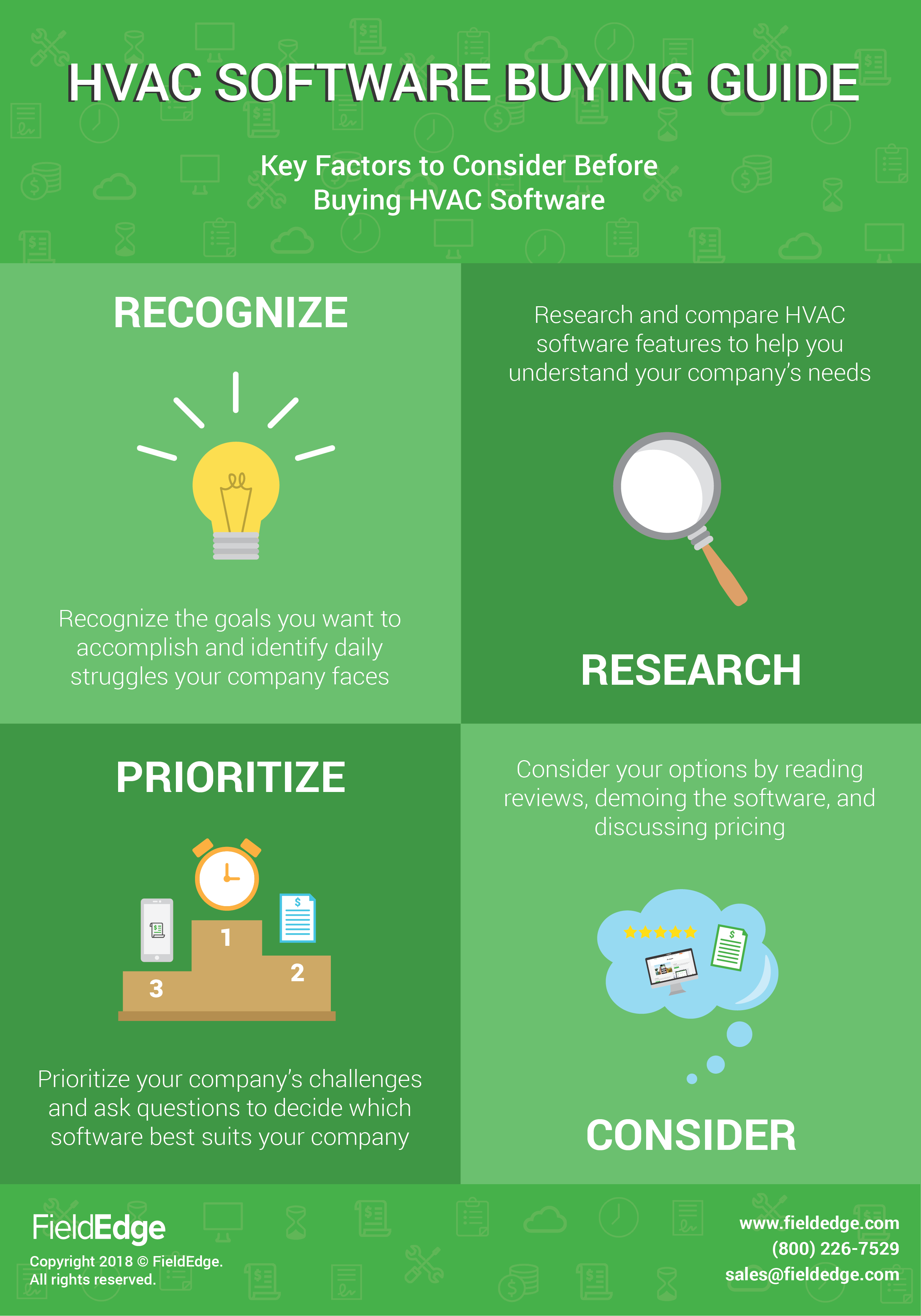The Ultimate Guide To Understanding Warmth Pumps - Exactly How Do They Function?
The Ultimate Guide To Understanding Warmth Pumps - Exactly How Do They Function?
Blog Article
Created By-Forrest Montoya
The very best heatpump can conserve you considerable quantities of money on power expenses. They can likewise help in reducing greenhouse gas discharges, particularly if you utilize electrical power in place of nonrenewable fuel sources like lp and heating oil or electric-resistance furnaces.
https://chainstoreage.com/ashrae-offers-covid-19-guidance-hvac-ops-buildings-reopen work quite the same as air conditioning system do. This makes them a practical choice to typical electrical home heater.
Just how They Work
Heatpump cool down homes in the summertime and, with a little assistance from power or natural gas, they give a few of your home's heating in the winter. They're a good choice for individuals who intend to minimize their use fossil fuels yet aren't all set to change their existing furnace and a/c system.
They depend on the physical reality that also in air that seems also cool, there's still power present: warm air is constantly moving, and it intends to relocate right into cooler, lower-pressure settings like your home.
Most ENERGY celebrity accredited heatpump operate at close to their heating or cooling ability throughout most of the year, lessening on/off biking and saving power. For the very best performance, focus on systems with a high SEER and HSPF rating.
The Compressor
The heart of the heat pump is the compressor, which is likewise called an air compressor. This mechanical streaming tool uses potential power from power development to boost the pressure of a gas by lowering its quantity. It is various from a pump in that it just works with gases and can not work with liquids, as pumps do.
Atmospheric air goes into the compressor via an inlet shutoff. see it here travels around vane-mounted arms with self-adjusting size that separate the inside of the compressor, producing several cavities of varying size. The blades's spin pressures these tooth cavities to move in and out of stage with each other, pressing the air.
The compressor pulls in the low-temperature, high-pressure cooling agent vapor from the evaporator and compresses it into the hot, pressurized state of a gas. This process is duplicated as required to supply heating or air conditioning as needed. The compressor likewise has a desuperheater coil that reuses the waste warmth and adds superheat to the cooling agent, changing it from its liquid to vapor state.
The Evaporator
The evaporator in heatpump does the exact same point as it performs in refrigerators and air conditioning system, transforming liquid refrigerant right into a gaseous vapor that removes warmth from the space. Heat pump systems would not work without this critical piece of equipment.
This part of the system lies inside your home or structure in an indoor air handler, which can be either a ducted or ductless device. It contains an evaporator coil and the compressor that compresses the low-pressure vapor from the evaporator to high pressure gas.
Heatpump absorb ambient warmth from the air, and then make use of power to move that warmth to a home or service in home heating mode. That makes them a lot a lot more energy reliable than electrical heating systems or heating systems, and because they're utilizing clean electricity from the grid (and not burning fuel), they also generate far less exhausts. That's why heat pumps are such great ecological selections. (As well as a substantial reason that they're becoming so prominent.).
The Thermostat.
Heat pumps are terrific alternatives for homes in cool climates, and you can utilize them in combination with conventional duct-based systems or perhaps go ductless. They're an excellent alternate to nonrenewable fuel source furnace or typical electrical heating systems, and they're extra sustainable than oil, gas or nuclear a/c equipment.
Your thermostat is one of the most crucial element of your heatpump system, and it functions really in different ways than a conventional thermostat. All mechanical thermostats (all non-electronic ones) work by utilizing compounds that change dimension with increasing temperature level, like curled bimetallic strips or the expanding wax in a car radiator shutoff.
These strips contain two different kinds of steel, and they're bolted together to form a bridge that completes an electrical circuit linked to your heating and cooling system. As the strip obtains warmer, one side of the bridge expands faster than the other, which creates it to flex and signify that the heating system is required. When the heat pump remains in home heating setting, the reversing shutoff turns around the circulation of cooling agent, to ensure that the outside coil now works as an evaporator and the indoor cyndrical tube ends up being a condenser.